Bob is the owner of Giovin, Inc. He owns a car that is titled in his name only. He also uses the car primarily for the business of Giovin, Inc. Because of that, Bob had his insurance agent add the car to Giovin Inc.’s commercial automobile policy. Bob even has a lease with Giovin that pays  Bob for the use of that car. This seems like a great deal for Bob, and in the real world, this scenario happens fairly often.
Bob for the use of that car. This seems like a great deal for Bob, and in the real world, this scenario happens fairly often.
However, there is a serious coverage problem with this arrangement. Bob may not be covered personally if there is an accident. Here is an example of what might happen:
Let’s say Bob is driving the car on business for Giovin Inc., when he rear ends another car, injuring the occupants. The occupants file a lawsuit against both Bob, personally, and Giovin, Inc.
This is when Bob gets a nasty surprise. A standard commercial automobile policy does not cover and defend Bob in this situation. He will have to pay for his own defense in this lawsuit. If there is a judgment or settlement, he will likely have to pay that personally as well.
This outcome could have been avoided if Bob had told Giovin’s insurance agent that he was the owner of the vehicle, not Giovin, Inc.
This situation can be handled to make sure that Bob is covered under the policy. There are different ways of doing that, and the first step is making your agent aware of who actually owns what vehicle. To be sure, the insurance carrier’s underwriters will have some questions that will need to be answered.
A good rule of thumb when it comes to commercial automobile policies: If a vehicle is titled to someone other than the business named in the policy, you need to check with your agent to make sure that the actual owner is covered in case of an accident.
Contact a Knowledge Broker at R&R Insurance for additional information.


 There may be a silver lining to the economic crisis that Americans have lived through over the past few years: We have become accustomed to spending less and saving more. Even as the economy rebounds, many people continue to look for ways to keep their household budgets in check. Luckily, spending less doesn’t have to mean doing with less, especially when it comes to life insurance coverage. There are ways you can maintain your coverage, but pay less for it.
There may be a silver lining to the economic crisis that Americans have lived through over the past few years: We have become accustomed to spending less and saving more. Even as the economy rebounds, many people continue to look for ways to keep their household budgets in check. Luckily, spending less doesn’t have to mean doing with less, especially when it comes to life insurance coverage. There are ways you can maintain your coverage, but pay less for it. Many high net worth business owners are going to be impacted by the Federal Estate Tax – a rate that is higher than the highest Income Tax Rate. It’s a 40% tax on any assets exceeding the Unified Credit level. The IRS has two “Trump Cards” to play that can push you into that tax bracket.
Many high net worth business owners are going to be impacted by the Federal Estate Tax – a rate that is higher than the highest Income Tax Rate. It’s a 40% tax on any assets exceeding the Unified Credit level. The IRS has two “Trump Cards” to play that can push you into that tax bracket. What is a Data Compromise?
What is a Data Compromise?
 Updated June 29, 2017: OSHA Delays Electronic Recordkeeping Deadline to December 1, 2017
Updated June 29, 2017: OSHA Delays Electronic Recordkeeping Deadline to December 1, 2017 In July 2016, the new Work Comp rates for policies, effective October 1st, 2016, were released. Generally speaking, the rates went down by an average of 3.19%, which is great news.
In July 2016, the new Work Comp rates for policies, effective October 1st, 2016, were released. Generally speaking, the rates went down by an average of 3.19%, which is great news. The WEA trust is bringing a proven, best-in-class wellness solution to municipalities through their League Health Plan with
The WEA trust is bringing a proven, best-in-class wellness solution to municipalities through their League Health Plan with  In 2015, Congress passed the Federal Civil Penalties Inflation Adjustment Act Improvements Act to advance the effectiveness of civil monetary penalties and to maintain their deterrent effect. That law directed agencies to adjust their penalties for inflation each year using a much more straightforward method than previously available, and required agencies to publish “catch up” rules this summer to make up for lost time since the last adjustments.
In 2015, Congress passed the Federal Civil Penalties Inflation Adjustment Act Improvements Act to advance the effectiveness of civil monetary penalties and to maintain their deterrent effect. That law directed agencies to adjust their penalties for inflation each year using a much more straightforward method than previously available, and required agencies to publish “catch up” rules this summer to make up for lost time since the last adjustments.
